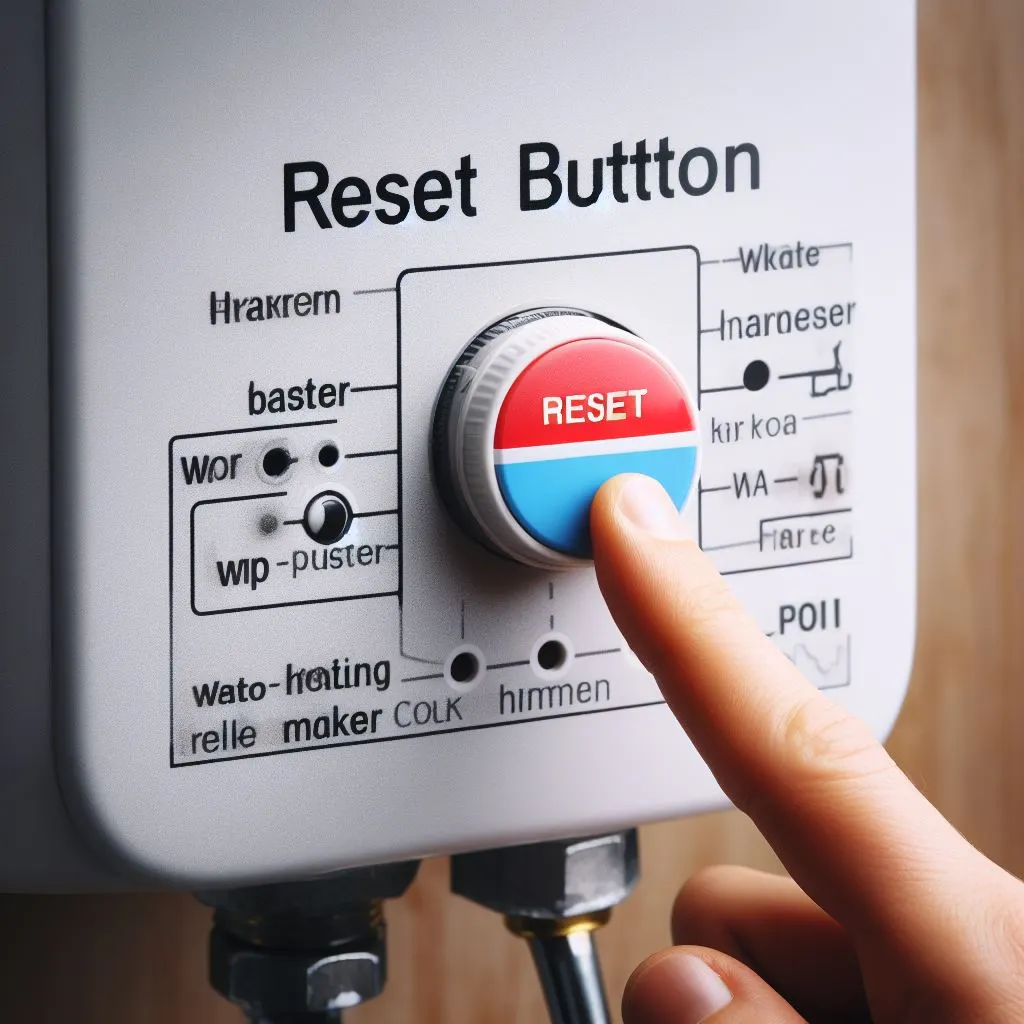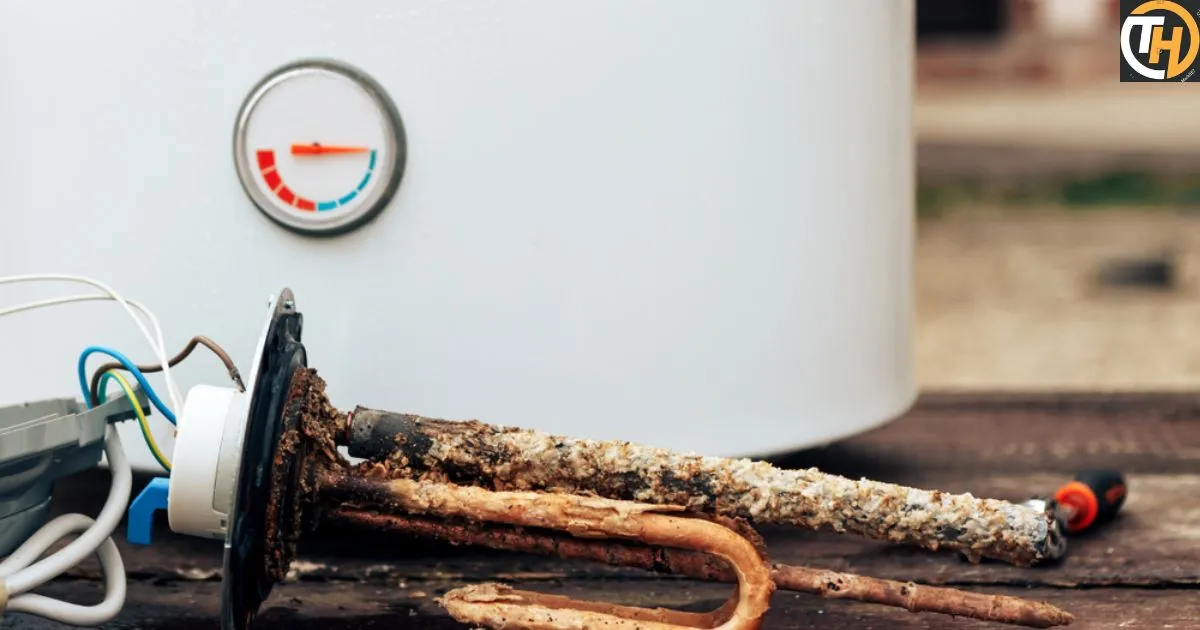In this comprehensive guide, we’ll explore the step-by-step process of testing a water heater element without the use of a multimeter. Whether you’re facing issues with your water heater or you’re simply looking to perform routine maintenance, this article will provide you with the knowledge and techniques you need.
Testing a water heater element is a crucial task for troubleshooting and ensuring the efficient operation of your water heater. While multimeters are commonly used for this purpose, not everyone has access to one. In this guide, we will discuss an alternative method that doesn’t require a multimeter.
Understanding Water Heater Elements
Before we delve into the testing process, let’s briefly understand what water heater elements are and why they are important.
What Are Water Heater Elements?
Water heater elements are electrical components responsible for heating the water inside the tank. They consist of a sheathed electric resistance coil that heats up when electricity flows through it. There are typically two elements in a standard electric water heater: the upper and lower elements.
Signs of a Faulty Water Heater Element
Before testing, it’s essential to identify potential signs of a faulty water heater element. Common indications include:
Lack of Hot Water
If you notice that your water heater isn’t producing enough hot water or, in some cases, no hot water at all, a malfunctioning element is a common suspect. Water heaters rely on these heating elements to warm the water in the tank.
When one or both elements fail, it directly impacts the heater’s ability to heat the water to the desired temperature. This can result in lukewarm or cold water from your taps and showers. To address this issue, it’s essential to inspect and possibly replace the faulty heating element.
Tripped Reset Button

Water heaters are equipped with safety mechanisms, including reset buttons, designed to trip when the heating element overheats. If you find that the reset button has popped out, it’s a clear sign of a problem. Overheating may be caused by a variety of issues, such as excessive sediment buildup on the element’s surface or electrical problems.
When the reset button trips, it disrupts the heating process, leading to insufficient hot water. Resetting the button might provide temporary relief, but addressing the underlying cause is essential to prevent future overheating incidents.
Strange Noises
Unusual noises emanating from your water heater, such as popping, crackling, or even rumbling sounds, can serve as audible indicators of problems related to the heating elements.
These sounds are often associated with sediment accumulation on the element’s surface. When sediment builds up, it insulates the element, causing it to overheat. The popping or crackling noises occur as the sediment heats and releases trapped air pockets.
These sounds are not only a sign of reduced heating efficiency but also a potential hazard. Regular maintenance, including flushing the tank to remove sediment, can help prevent element-related issues and maintain your water heater’s performance.
In summary, these indications, including a lack of hot water, a tripped reset button, and strange noises, can serve as early warnings of potential problems with the water heater’s heating elements. The question of “what trips the reset button on a hot water heater?” often arises in these situations. Recognizing these signs and addressing them promptly is essential to ensure a reliable and efficient supply of hot water in your home.
Now that we have an understanding of water heater elements and the signs of a faulty one, let’s proceed to the testing process.
| Indication | Description |
| Lack of Hot Water | – Inadequate hot water production or no hot water at all can be a sign of a faulty heating element. |
| – Elements are essential for heating the water in the tank, and their failure can result in reduced hot water. | |
| Tripped Reset Button | – The reset button on water heaters trips when the element overheats, indicating a problem. |
| – Overheating can occur due to sediment buildup or electrical issues, disrupting the heating process. | |
| Strange Noises | – Unusual sounds like popping or crackling may indicate problems with heating elements. |
| – Sediment accumulation on the element’s surface can lead to overheating, causing these noises. |
This table provides a concise overview of the indications that suggest potential issues with water heater elements, along with their descriptions. If you need further information or have any additional requests, please feel free to ask.
How to Test a Water Heater Element Without a Multimeter?
Testing a water heater element without a multimeter is a process that involves observation and a few simple steps. Here’s a step-by-step guide:
- Turn Off the Power: Safety is a priority when working with electrical components. Before you begin, turn off the power supply to the water heater at the circuit breaker.
- Remove the Access Panels: Depending on your water heater model, you will need to remove the access panels. Typically, there are two access panels—one for the upper element and one for the lower element.
- Inspect the Elements: Once the panels are removed, visually inspect the elements. Look for any visible damage, such as corrosion or scale buildup. If an element appears damaged, it may need to be replaced.
- Reset Buttons: Each element has a reset button. If one or both of these buttons are tripped, press them back in. This can sometimes resolve the issue.
- Feel for Heat: With the power still turned off, gently place your hand on each element. Be cautious not to burn yourself. If an element is working correctly, it should be warm to the touch. If one element is significantly cooler than the other, it may be faulty.
- Check for Continuity: Although we’re not using a multimeter, you can still perform a basic continuity check using a non-contact voltage tester. This device will indicate whether there’s an electrical connection in the element.
- Visual Inspection: Examine the wiring leading to the elements for any visible signs of damage or loose connections.
Testing A Water Heater Element With A Simple Series Circuit, Without A Multimeter
It can be done by constructing a basic circuit to check for electrical continuity. Here’s how:
Materials You’ll Need:
- A low-voltage power source (e.g., a battery)
- A wire with clips or alligator clips
- Safety gloves and goggles
Steps:
- Safety Precautions: Before beginning, ensure the power supply to the water heater is turned off. If it’s an electric water heater, switch off the circuit breaker. For a gas water heater, turn off the gas supply.
- Access the Element:
- Open the access panel or cover on the water heater to expose the heating element. It’s usually located on the side of the tank.
- Disconnect Power:
- Carefully remove the wires from the heating element terminals. Ensure they are labeled for reconnection later.
- Construct the Series Circuit:
- Create a simple circuit by connecting one end of the wire or clip to one of the heating element terminals. Attach the other end to the power source (the battery). Use another wire or clip to connect the remaining terminal of the element to the power source.
- Observe the Element:
- If the element is functional, it should heat up when the circuit is closed. This is due to the flow of electricity through the element. A working element will heat up when the circuit is completed, indicating electrical continuity.
- Check for Heat:
- Carefully touch the element (using safety gloves and goggles) to see if it heats up. If it does, this suggests that the element is functioning properly.
- Replace or Reconnect:
- If the element fails to heat up, it indicates a faulty element. You may need to replace it. If it heats up as expected, reconnect the wires to the element, ensuring they are securely attached.
- Close Up: Close the access panel and ensure all connections are secure.
- Restore Power:
- Turn the power supply back on. For electric water heaters, you can switch on the circuit breaker, and for gas heaters, reopen the gas supply.
This method checks for electrical continuity in the heating element without the need for a multimeter. However, be cautious when testing with a live circuit, and prioritize safety throughout the process. If you are uncertain about performing these steps, it’s advisable to seek professional assistance.
Common FAQs about Water Heater Element Testing
1. Can I test a water heater element without turning off the power?
No, it’s crucial to turn off the power supply at the circuit breaker before performing any tests on a water heater. Working on live electrical components can be extremely dangerous.
2. What if the reset buttons won’t stay in?
If the reset buttons won’t stay in, it’s an indication that the water heater element is continually tripping due to overheating. This can be caused by scale buildup, and you may need to clean or replace the element.
3. What should I do if one element is significantly cooler than the other?
If one element is noticeably cooler than the other, it’s likely that the cooler element is faulty. Replacing the element should resolve the issue.
4. Can I replace a water heater element myself?
Yes, you can replace a water heater element yourself if you have some DIY experience and the necessary tools. However, if you’re unsure or uncomfortable doing it, it’s always advisable to seek professional help.
5. Is it safe to touch the elements?
With the power turned off, it’s safe to touch the elements to feel for heat. However, be cautious not to burn yourself, as they can be very hot.
Conclusion
Testing a water heater element without a multimeter is possible, and it can help you diagnose and address issues with your water heater. By following the steps outlined in this guide, you can determine whether your water heater elements are functioning correctly and take the necessary steps to ensure hot water supply in your home.
Testing a water heater element without a multimeter is a practical and cost-effective approach for homeowners looking to troubleshoot water heater issues. The process involves visual inspection and a touch test, both of which provide valuable insights into the condition of the heating elements.
A properly functioning element should have a uniformly warm surface, indicating that it’s efficiently heating the water. Cold spots on the element can signal a malfunction that











